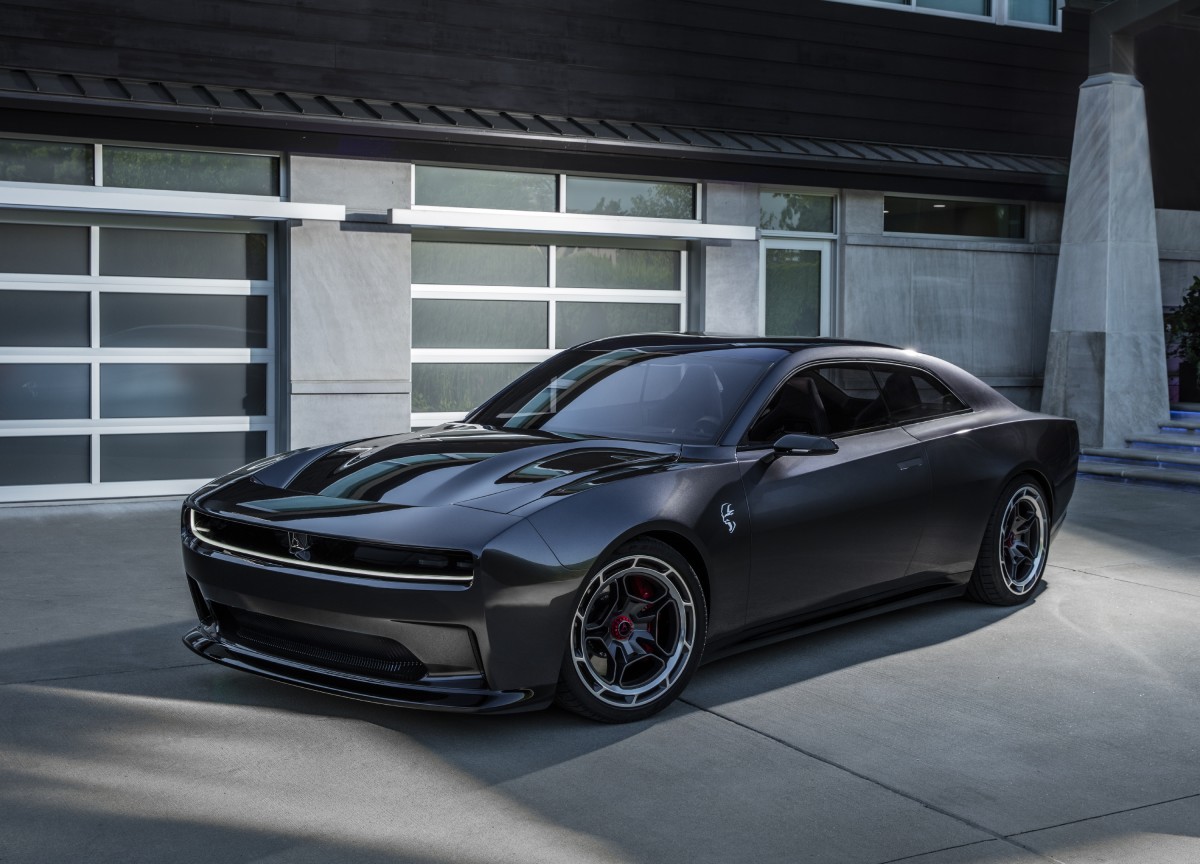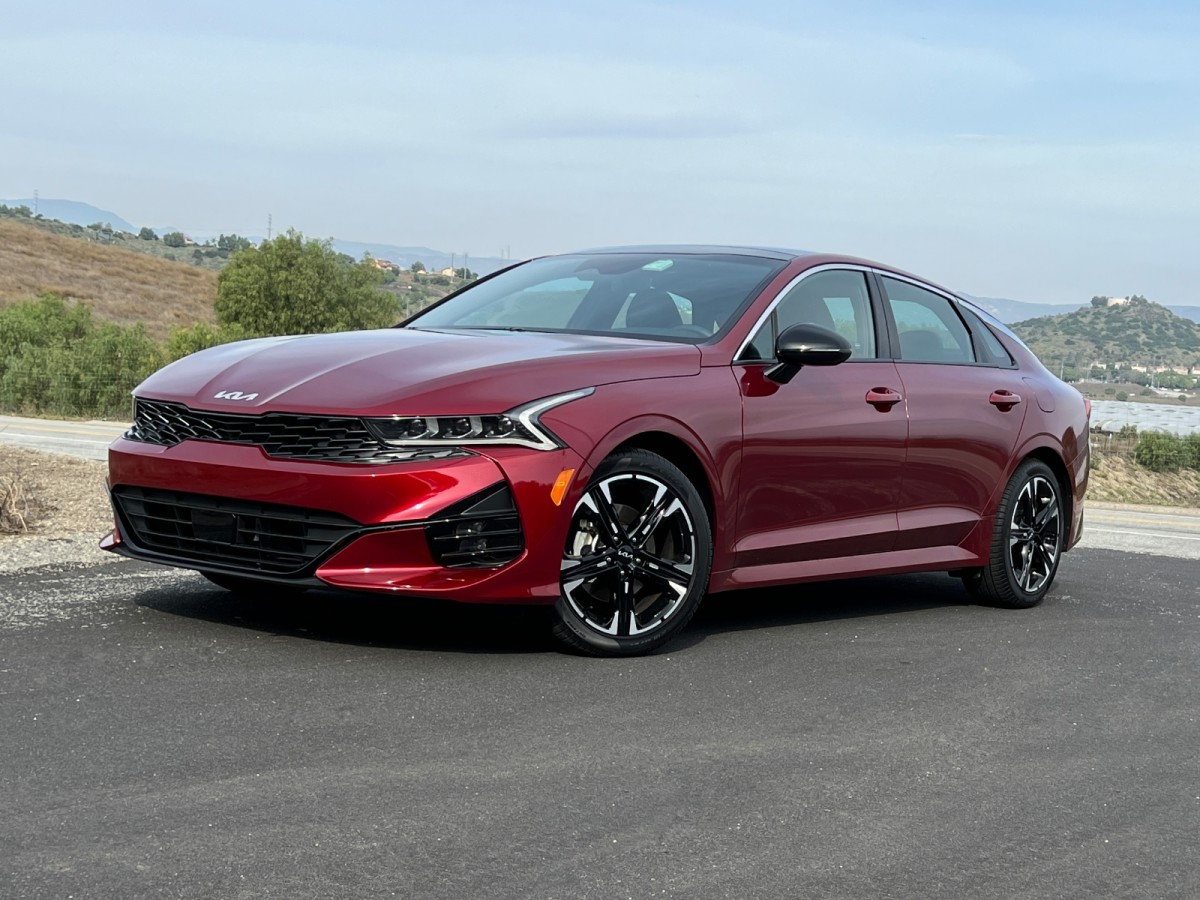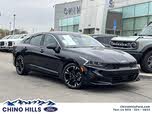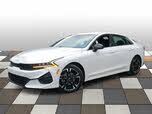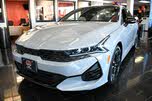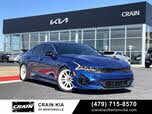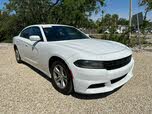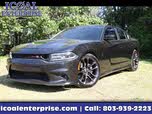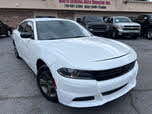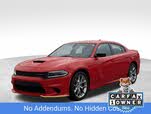Kia K5 vs Dodge Charger
Overview | ||
Years produced | 1966-1978 | 2021-Present |
MSRP | $34,230 | $27,190 |
Average price | $25,344 | $23,265 |
Listings | ||
Ratings & Reviews | ||
User reviews | ||
Expert reviews | 7.8 out of 10Read full review | 7.3 out of 10Read full review |
Pros & cons | Pros
| Pros
|
Summary | Hooligans and cops everywhere are saying their final goodbyes to the Dodge Charger, a full-size sedan both sides of the law have exonerated for intimidation and respect. The Charger, along with the Chrysler 300 and Dodge Challenger coupe that share its 1990s-era Mercedes platform, will be discontinued after the 2023 model year. At one time the most powerful production sedan in the world—and still the most powerful running on gas—the Charger's replacement will be a trendy EV that Dodge doesn't really want to build. That's the law, though, so the Charger departs in full smoke and fury with three special edition Last Call models built in limited numbers for its final year. We drove one, a 2023 Charger Swinger, for a proper send-off. | Kia has updated the stylish 2025 K5 with new exterior lighting, revised front and rear styling, and redesigned wheels. The only turbocharged version is now the GT sports sedan; other K5 models have a 2.5-liter four-cylinder with less real-world driving punch than the previously-standard turbo four. New technology, redesigned dashboard controls, and more standard features are also on the menu, and Kia’s family car remains a good value. Verdict: Unfortunately, the 2025 Kia K5 still doesn’t offer a hybrid powertrain like its corporate cousin, the Hyundai Sonata, does. It’s also less enjoyable to drive, thanks to this year’s engine swap. However, the new tech impresses, the K5 remains stylish and comfortable, and it costs less than some rivals. |
Video | No video found | |
Popular Features & Specs | ||
Engine | 3.6L 292 hp V6 | 2.5L 191 hp I4 |
Drive Train | RWD | FWD |
Seating Capacity | 5 | 5 |
Horsepower | 292 hp @ 6350 rpm | 191 hp @ 6100 rpm |
MPG City | 19 | 26 |
MPG Highway | 30 | 37 |
Engine | ||
Engine Name | 3.6L 292 hp V6 | 2.5L 191 hp I4 |
Torque | 260 lb-ft @ 4800 rpm | 181 lb-ft @ 4000 rpm |
Horsepower | 292 hp @ 6350 rpm | 191 hp @ 6100 rpm |
Drivetrain | RWD | FWD |
Fuel Economy | ||
MPG City | 19 | 26 |
MPG Highway | 30 | 37 |
Interior | ||
Seating Capacity | 5 | 5 |
Safety | ||
Front Crash Overall | 4 | 4 |
Side Crash Overall | 5 | 5 |
Dimensions & Capacity | ||
Cargo Space | 16.5 cu ft | 15.6 cu ft |
Curb Weight | 3940 lbs | 3230 lbs |
Height | 57.8 in | 56.9 in |
Length | 198.4 in | 193.1 in |
Width | 82.7 in | 73.2 in |
Wheelbase | 120.0 in | 112.2 in |
Maximum Payload | 1160 lbs | 1206 lbs |
Number of doors | 4 | 4 |
Maximum Towing Capacity | 1000 lbs | |

By: CarGurus + AI
At CarGurus, our team of experienced automotive writers remain at the heart of our content operation, conducting hands-on car tests and writing insightful guides that are backed by years of industry experience. To complement this, we are harnessing AI to make our content offering more diverse and more helpful to shoppers than ever. To achieve this, our AI systems are based exclusively on CarGurus content, ratings and data, so that what we produce is both unique to CarGurus, and uniquely helpful to car shoppers.
